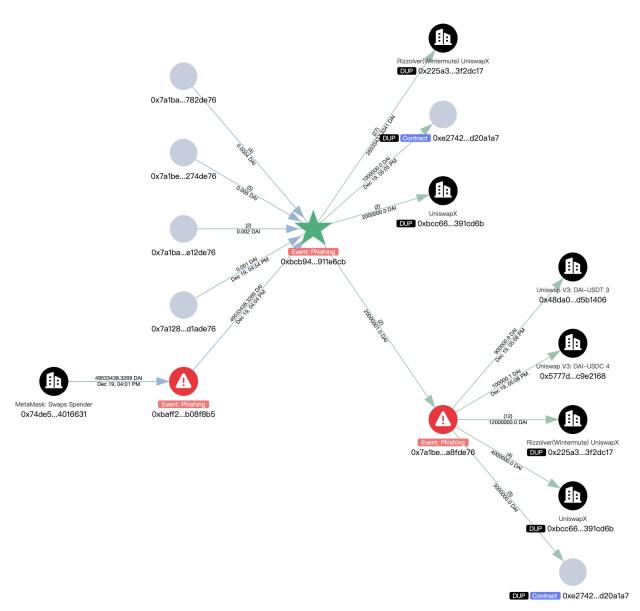III. Global Game of Strategy Before April 9th: Surrender, Confrontation, and Wait-and-See
With only one day left before the "tariff nuclear bomb" is detonated, countries worldwide have divided into three camps under Trump's high-pressure policy: surrendering and seeking peace, confronting and countering, and waiting and observing. Europe's attitude is particularly noteworthy, with a collective hardline undertone and subtle internal differences.
Surrender Camp: Bowing Down
Facing Trump's tariff stick, some countries and regions choose to compromise for self-preservation.
Zimbabwe suspends tariffs on US goods, attempting to secure sanction exemptions;
Taiwan's leader Lai Ching-te stated that despite facing 32% tariffs, Taiwan will not retaliate but instead seek breathing room through deepening US investments;
India, though impacted by 26% tariffs, still hopes to negotiate exemptions and has proactively lowered import taxes on some US goods;
Vietnam expressed regret over 46% tariffs but did not mention retaliation, preferring a low-key approach. These regions, due to high export dependence on the US or geopolitical weakness, choose to retreat strategically.
Confrontation Camp: Facing Head-On
In stark contrast to the surrender camp are countries and regions choosing direct confrontation. China swiftly counterattacked, announcing 34% tariffs on all US goods from April 10th, restricting rare earth exports, with the Foreign Ministry spokesperson denouncing the US for "economic bullying" and displaying an unyielding stance.
Europe's attitude is equally tough, especially the EU's collective determination to confront. The EU plans to vote on retaliatory tariffs on some US products on April 9th. Trade Commissioner Maros Sefcovic stated willingness to negotiate but is "prepared to defend its interests". Germany and France explicitly support counter-measures, emphasizing protection of automotive and manufacturing sectors. Italian Finance Minister Giancarlo Giorgetti called for avoiding a full-scale trade war, showing a cautious but unbending position. Though Brexit-separated, UK Prime Minister Keir Starmer declared "all options are on the table", wavering between confrontation and observation, hinting at potential alignment with the EU.
Notably, Europe is not monolithic. While the EU presents a collective "confrontational" stance, individual countries have nuanced differences. Germany and France, with sensitive automotive and machinery exports, lean towards tough counter-measures to protect economic lifelines. Italy, with a high proportion of small and medium enterprises, is more wary of trade war consequences, seeking balance between retaliation and negotiation. Eastern European countries like Poland and Hungary remain relatively low-key, potentially more inclined to observe and hope the EU negotiates breathing room. The UK, independent of the EU, shows a "calm and pragmatic" approach, neither eager to surrender nor rush into full confrontation. This division might affect Europe's unified action after April 9th.
Wait-and-See Camp: Strategic Calculation
Some countries and regions choose to temporarily hold back, seeking balance in the chaos. Hong Kong's Financial Secretary Paul Chan explicitly stated they will not follow mainland China in imposing US tariffs, maintaining the "free port" policy to preserve capital flow advantages;
Brazil's Vice President Geraldo Alckmin hopes to avoid conflict through dialogue while accelerating trade agreements with the EU;
South Africa is advancing export diversification strategies, reducing US dependence and seeking multilateral breakthroughs. These regions are neither eager to surrender immediately nor rush to confront, instead waiting for the right moment.
Internal cracks in the US Congress add uncertainty to the global game. On April 8th, House Speaker Mike Johnson indicated he would provide "space" for Trump's tariffs, but opposition within the Republican Party is rising. Senators Maria Cantwell and Chuck Grassley proposed legislation to limit presidential tariff powers, while Representative Don Bacon plans to introduce a House version. Despite this, Johnson refused to promise this week's budget plan revision, with Republicans potentially voting final on April 9th afternoon. This internal conflict might weaken Trump's confidence, giving surrender and wait-and-see camps more time.







